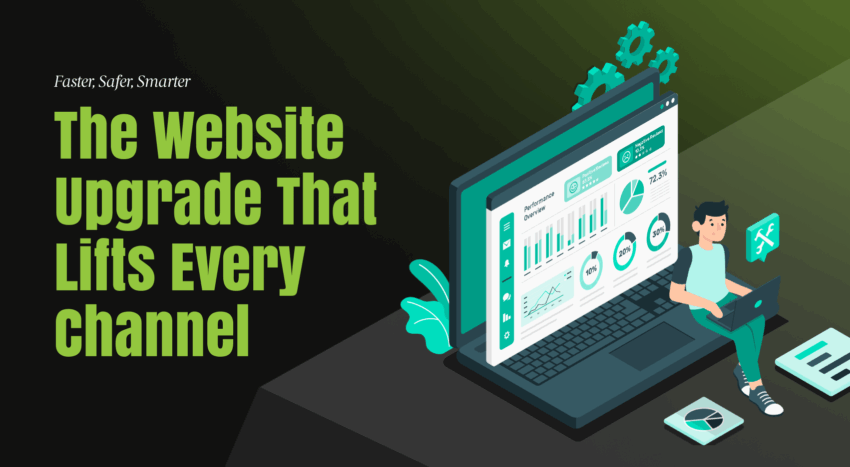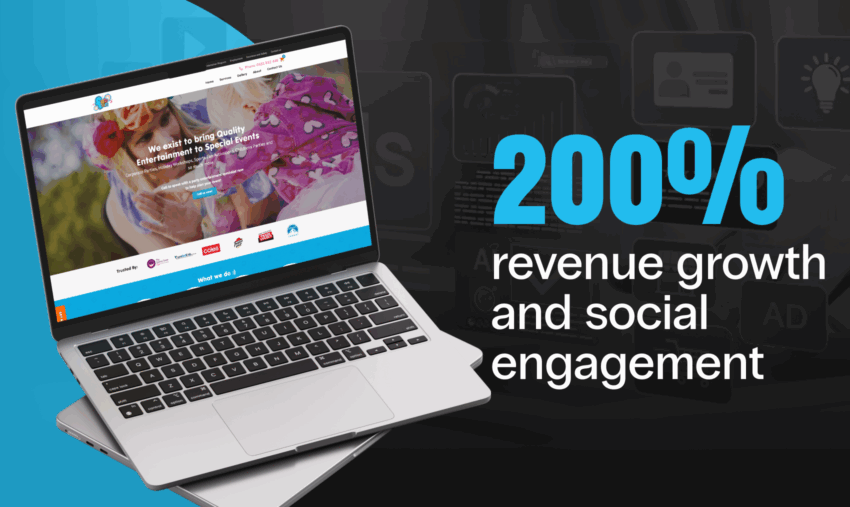How Much Does Afterpay Charge Merchants? (2025 Guide)
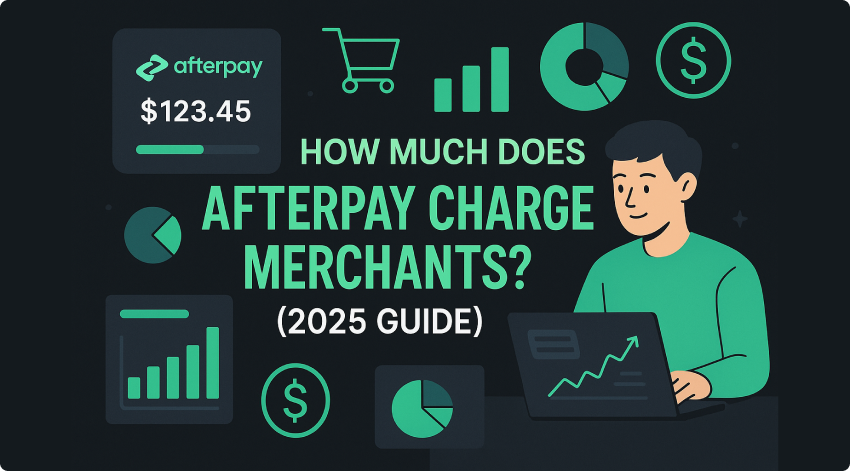
TL;DR – Key Takeaways
- Afterpay merchant fees in 2025 average 4–6% + $0.30 per transaction, higher than credit cards.
- Payments settle in 1–2 business days, but refunds don’t return merchant fees.
- Merchants can often negotiate lower rates if they process higher volumes.
- Offering BNPL usually lifts conversion rates and average order values (AOV).
- Using strategies like minimum spend requirements and checkout optimisation helps protect margins.
Why Afterpay Isn’t Free for Merchants
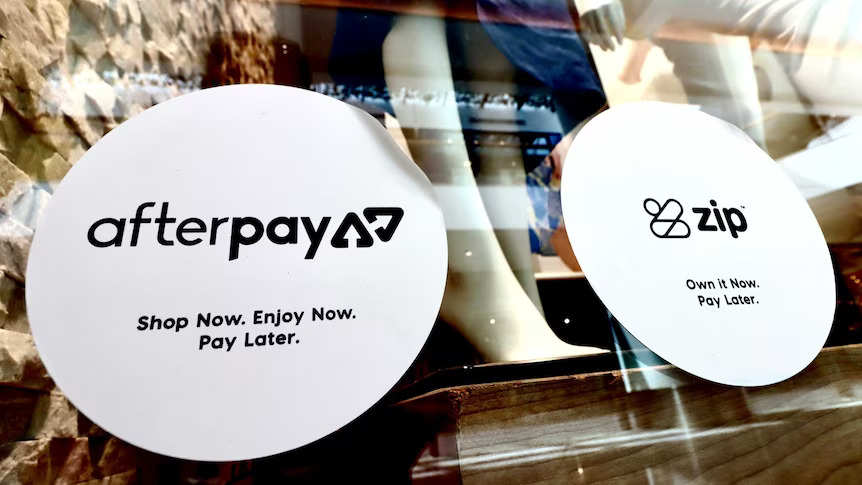
Image Credit: Australian Broadcasting Corporation (ABC).
BNPL has transformed how Australians shop. Customers love splitting payments into four interest-free instalments, and for them, Afterpay feels free. For merchants, though, it’s a different story. Every transaction comes with a cost, and the big question is: how much does Afterpay charge businesses in 2025?
The short answer is more than your typical credit card. The longer answer depends on your sales volume, your agreement, and how you use BNPL in your checkout strategy.
What Does Afterpay Charge Merchants in 2025?
In Australia, Afterpay’s merchant fees are generally 4–6% of the sale value, plus a fixed $0.30 per transaction. This is significantly higher than the 1–3% merchants usually pay for credit card processing.
For example:
- A $100 sale means Afterpay collects $4–6 plus $0.30, leaving you with $93.70–$95.70.
- On a $250 order, you’d pay $10–15 plus $0.30, keeping $234.70–$239.70.
- A $1,000 transaction means Afterpay takes $40–60 plus $0.30, leaving $939.70–$959.70.
While those numbers look steep compared to cards, Afterpay’s value lies in driving more purchases. Shoppers who might hesitate to spend $250 in one go are more likely to buy when they can split the cost.
The Extra Costs That Aren’t Always Obvious
Transaction fees are only part of the picture. Merchants should also account for other factors that affect profitability:
- Settlement timing: Afterpay pays merchants within one to two business days, which is faster than some providers but still worth noting for cash flow planning.
- Refunds: When customers return items, you don’t get the merchant fee back. That cost is yours to absorb.
- Surcharges: According to the Australian Competition & Consumer Commission (ACCC), it isn’t straightforward to pass BNPL costs directly onto customers the way you might with card surcharges.
- Regulation: With BNPL services under regulatory review, fee structures could evolve in the near future.
These details add up. They don’t always appear on your invoice, but they directly shape your margins and cash flow.
How Afterpay Compares to Other Payment Methods
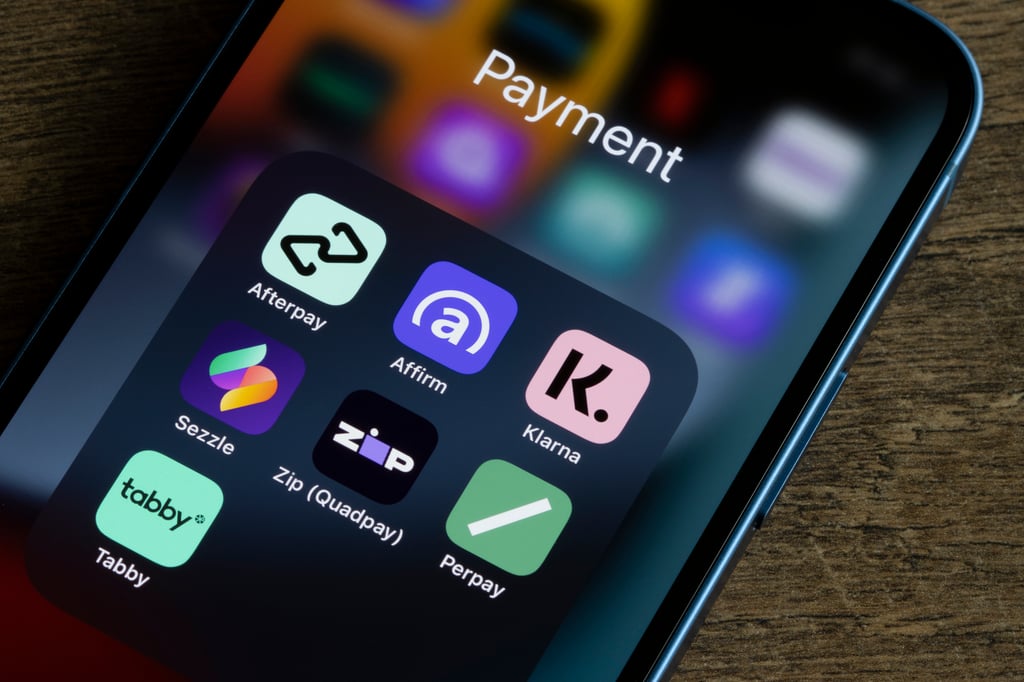
When stacked against traditional options, Afterpay’s costs are higher, but the trade-off is access to more customers and higher sales.
|
Payment Method |
Typical Fees |
What to Expect |
|
Afterpay |
4–6% + $0.30 |
Higher fees, but boosts conversions and basket sizes |
|
Credit Cards |
1–3% |
Lower cost, no instalment appeal |
|
Other BNPL |
3–7% + fee |
Similar model, varies by provider (Zip, Klarna, Humm) |
|
EFTPOS/Debit |
0.2–1% |
Cheapest, but no BNPL flexibility |
The real decision isn’t only about cost. It’s whether BNPL helps you capture sales you wouldn’t have made otherwise.
Shopify & Afterpay: Double Fees, Broader Reach
For retailers running on Shopify websites, adding Afterpay comes with an extra catch. Shopify applies a 2% third-party transaction fee on top of Afterpay’s merchant fees, which typically range from 4–6% plus $0.30. That means if Afterpay’s cut is around 6%, the combined cost for a Shopify order could climb to nearly 8% of the total sale value.
On the surface, that’s a steep price compared to standard credit card processing. But many merchants still see value in the trade-off. By offering Afterpay through Shopify, you tap into a wider customer base, particularly those who actively seek out BNPL-friendly stores.
Events like Afterpay Day prove this point. In March 2025, Factory Buys reported a 66% sales uplift, while jewellery brand Arms of Eve saw sales soar by 273%, along with a 276% increase in new customers compared to regular trading periods.
At a broader level, Afterpay’s Economic Impact Report highlighted that in 2023, the platform delivered $9.6 billion in incremental sales for Australian merchants, with total Afterpay-related sales hitting $13.4 billion.
What That Means in Practice
|
Scenario |
Sale Size |
Afterpay Fee (~5%) + Fixed Fee ($0.30) |
Shopify Transaction Fee (2%) |
Approx Total Fees |
|
Online order via Shopify + Afterpay |
$100 |
$5.30 |
$2.00 |
$7.30 (7.3%) |
|
Larger order via Shopify + Afterpay |
$250 |
$12.80 |
$5.00 |
$17.80 (7.12%) |
Even though the effective rate is higher, many retailers find that the conversion boost and exposure to new BNPL-driven audiences offset the double charge.
Who Actually Pays the Fees?
For customers, Afterpay is free unless they miss a repayment. For merchants, it’s the opposite, you cover the cost of every BNPL transaction.
Even if a customer defaults on their repayments, you still get paid in full (minus the fees). Afterpay takes on the risk of non-payment, and in exchange, charges you more than a credit card processor would.
Making Afterpay Work Without Losing Margin

High fees don’t have to eat into your profits. Many merchants make Afterpay work for them by applying smart strategies. Larger businesses often negotiate discounts based on transaction volumes. Smaller retailers can protect their margins by:
- Encouraging larger baskets with upsells, product bundles, and free shipping thresholds.
- Adding minimum spend requirements before Afterpay is offered at checkout.
- Factoring BNPL costs into product pricing, especially on low-margin items.
- Highlighting Afterpay only on higher-margin or higher-value products.
Optimisation matters too. A well-structured checkout and strong eCommerce SEO can increase conversion rates, meaning the extra cost of BNPL is balanced by more completed sales.
FAQ’s: SEO Costs and Models
Can I negotiate lower Afterpay fees?
High-volume merchants often secure better terms, and even smaller businesses may be able to negotiate if their sales are consistent or if they use Afterpay exclusively.
Are Afterpay fees tax-deductible?
In most cases, yes. They are considered operating expenses and can usually be claimed at tax time. Always confirm with your accountant to make sure you’re aligned with ATO requirements.
Does Afterpay charge differently for online and in-store sales?
Generally, the fee structure is the same. Some businesses report minor variations depending on how the transaction is processed.
What happens if a customer doesn’t pay Afterpay back?
That risk is on Afterpay, not you. Merchants still receive their payment (minus the standard fee), which is one reason Afterpay charges more than a credit card processor.
Is Afterpay worth it for small businesses?
The higher fees can be offset by higher sales volumes, larger average order values, and the ability to reach customers who prefer BNPL over traditional payment methods. If your store runs on WordPress, optimising your WooCommerce development setup can also reduce friction at checkout and make BNPL integration more cost-effective.
Which BNPL provider is cheapest for merchants?
Zip, Klarna, and Humm sometimes advertise lower fees than Afterpay, but customer adoption in Australia is usually strongest with Afterpay. For many retailers, that higher adoption rate balances out the higher fees.
The Bottom Line
Afterpay merchant fees are higher than card payments, but they don’t have to erode your profitability. If you approach BNPL with strategy, negotiating terms, setting order minimums, and optimising your checkout flow, you can turn what looks like a cost into a growth driver.
For many businesses, the real question isn’t whether Afterpay charges fees, but whether the conversions and larger basket sizes it delivers outweigh them.
At Click Click Media, we help retailers strike that balance. With the right digital marketing strategy, BNPL becomes more than a cost. It becomes a tool for long-term growth.

